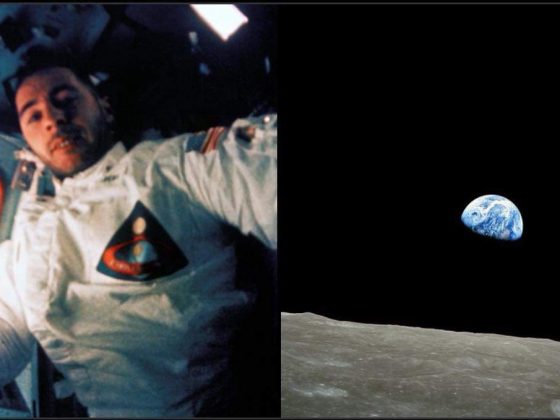This Interview With an Actual RB-36 “Peacemaker” Pilot Is Living History
RB-36 Peacemaker pilot David J Flaming served with the Strategic Air Command (SAC) 28th Strategic Reconnaissance Wing (SRW) Guardians of the North at Ellsworth Air Force Base (AFB) located in Rapid City, South Dakota during the 1950s. In this color interview, conducted during 2013 and uploaded to YouTube by airailimages, Flaming describes his experiences during his service flying Convair RB-36 Peacemakers. One interesting side note is that the 28th (as a SRW or Bomb Wing) has called Ellsworth home for more than 60 years, still flying Rockwell Boeing B-1B Lancers from the base.
Putting the R in RB-36
RB-36s (variants RB-36B, RB-36D, RB-36E, RB-36F, and RB-36H) carried additional crew members who were all dedicated to the reconnaissance mission. RB-36 forward bomb bays were replaced by a pressurized manned compartment equipped with 14 cameras (and could carry up to 23 of them) and a small darkroom where a technician developed the photographic “take.” The second bomb bay carried up to 80 T-86 photoflash bombs. The third bomb bay housed a huge 3,000 gallon drop tank, and the fourth bomb bay contained specialized electronic countermeasures (ECM) equipment.

How Was the RB-36 Different?
The first RB-36s retained their defensive armament but were still capable of remaining aloft for more than 50 hours and could reach an altitude of 50,000 feet. The ceiling was later increased to 58,000 feet by the Project Featherweight program, which removed the defensive armament except the tail turret. Externally RB-36s differed from their dedicated bomber cousins by the bright aluminum finish of the camera compartment and by the radar domes mounted under the aft fuselage. First flown in December of 1949, RB-36s were flying their risky missions over the Soviet Union by 1951. Nearly half of the B-36 airframes built were strategic reconnaissance RB-36 variants.










